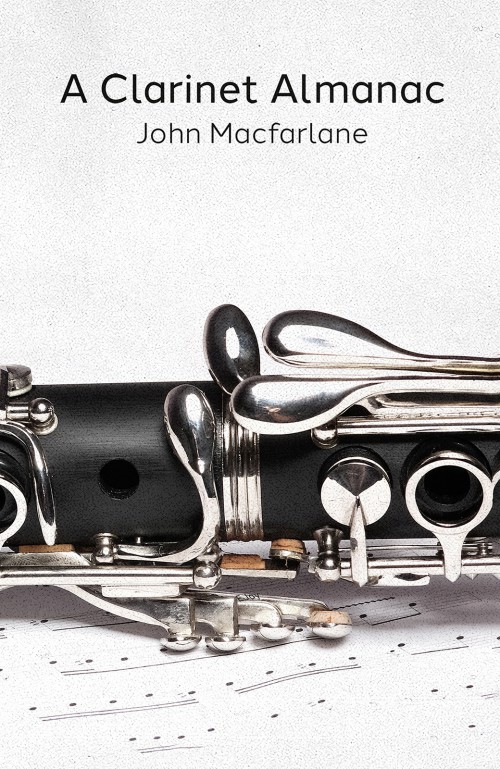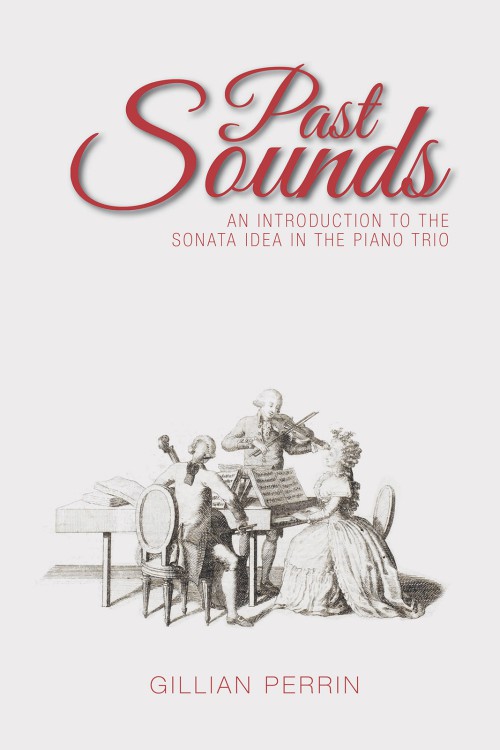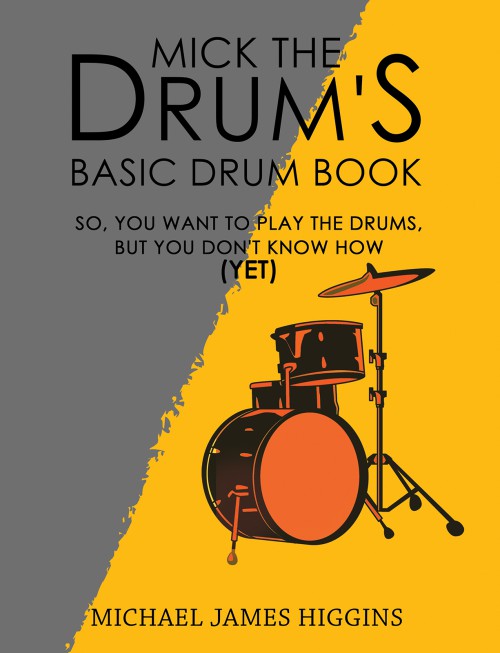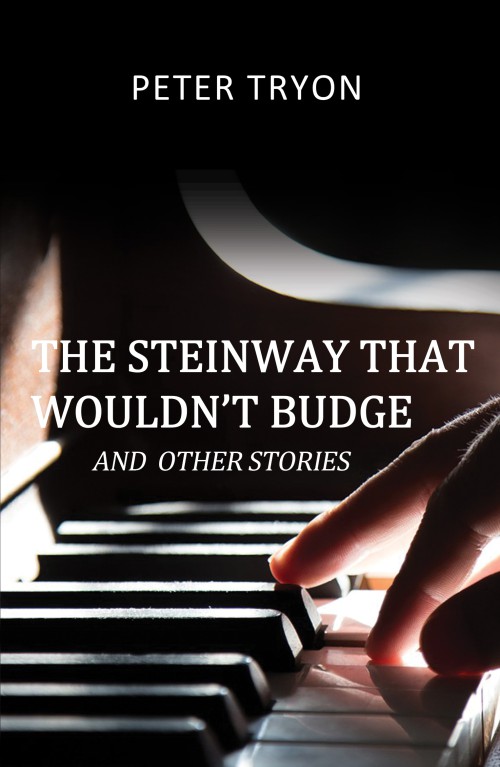-
A Clarinet Almanac
More than 60 years’ experience in playing the clarinet has led to a very personal and idiosyncratic review of the repertoire. From the point of view of being both a player and a programmer the author has endeavoured to find works for unusual combinations involving the clarinet. This book includes a few orchestral solos and several vocal works (both chamber and operatic), but it is focussed on chamber music and includes gems from the repertoire for the standard wind quintet. The clarinet features as a solo instrument, in duos with a surprisingly large variety of instruments and in mixed trios, quartets and so on to larger ensembles. During the course of one year the reader will be exposed to 366 works, probably some unfamiliar, by 245 different composers. The author hopes it will whet the appetites of students, teachers and concert organizers alike.
£20.99 -
Past Sounds
This is a book about classical music – for people who say they love music “but don’t understand how it works”, as well as for performers and music students of all ages.
Proposing that deeper enjoyment begins with an understanding of music’s basic structures, the book describes how the simple template of earlier dance-songs was adapted by composers writing music for instruments. The instrumental sonata became one of the great formal frameworks of western music: in symphonies, concertos, chamber music and solo sonatas, it dominated concert music for some 250 years – yet it is little understood by many music lovers. To simplify this vast field, Past Sounds singles out for study “sonatas” for piano trio – piano, violin and ’cello. These instruments have well-contrasted and easily identifiable sounds, and as the story unfolds the reader is introduced to many rarely heard but beautiful works for piano trio.
This is a lively, clearly-written narrative as well as a handbook for subsequent listening. The book has two distinctive features. Firstly, technical terms are carefully explained, and for those not familiar with music notation, audio clips in an accompanying website reproduce the actual sound of the music described. Secondly, in a broad historical sweep from mid-18th to 20th centuries, the development of the sonata is followed in its context of contemporary arts and literature – demonstrating how the sonata idea of classical music well deserves to be understood and valued as a western cultural archetype alongside other great artistic and literary forms.£31.99 -
Mick the Drum's Basic Drum Book
If you’ve always been drawn to, excited or inspired by the DRUMMER in the band, either live, on record or visually, and thought that you would like to be able to play the drums, this book is for YOU. If you’ve wondered how or where to get started, look no further. Regardless of age, follow the steps within, and soon you will share the magic enjoyed by all drummers – the SECRET of ‘3-Way Coordination’.
£19.99 -
Notebook of an [Un]Successful Musician
Zdenek Bruderhans started learning piano at eight and flute at fifteen years of age. At twenty, he became flautist in the opera orchestra of the Prague National Theatre. There were extremely limited contacts with the flautists outside Czechoslovakia, but, on the other hand, after WWII, Prague became a crossroad between East and West, and for some greatest artists (Richter, Gilels, Oistrach, Kogan, Rostropovic, Szeryng), Prague was the venue where they started their international career. Their art was an inspiration for the development of Bruderhans’ very individual style of aesthetics and playing. This style brought him an ‘absolute’ victory among five instrumental categories at the 1959 PJ International Competition; his debut LP for SUPRAPHON was also released by Columbia in the US and Japan, and in 1968, he represented the state label Supraphon and Czechoslovakia at MIDEM in Cannes, France, as one of the three performers.In 1968, he emigrated and after teaching in a Swedish institute, he was appointed as flute professor at the University of Adelaide, whilst continuing his solo performance touring and recording.Main repertoire interests are devoted to duo works with keyboards and unaccompanied flute repertoire. His discography and full-length recitals were highly acclaimed by critics. Other interests were development of new flute techniques, new insight in learning process and musical performance, all embodied in his three books (one in Czech) and discography, accessible at YouTube.“…memorable performance…wizardry…”—London, The Daily Telegraph“…in triomph en tous points…”—Bruxelles, La Revue de Disques“…magical sound which can often sound other-worldly… a joyous disc, for giving the chance what the flute can achieve…”—Musicweb International
£14.99 -
The Steinway That Wouldn't Budge (Confessions of a Piano Tuner)
Peter Tryon's Confessions of a Piano Tuner is a charming, autobiographical tale of life spent travelling around rural East Anglia tuning pianos. But this is also a personal account from boyhood of how music and more specifically the mechanics of that wonderful instrument, fired early imagination and gave rise to a lifelong fascination and involvement with the piano.As much a social commentary on people, the anecdotes about different characters are filled with humour and the text is light and easy to read. The unspoiled beauty and charm of East Anglia provides a perfect backdrop to Peter Tryon's account, all combining together to make this a book that you won't want to put down.
£11.99




![Notebook of an [Un]Successful Musician Notebook of an [Un]Successful Musician](https://www.austinmacauley.com//storage/products/7662/9781786938152-657b0f4ecd99buploaded_image.jpg)
